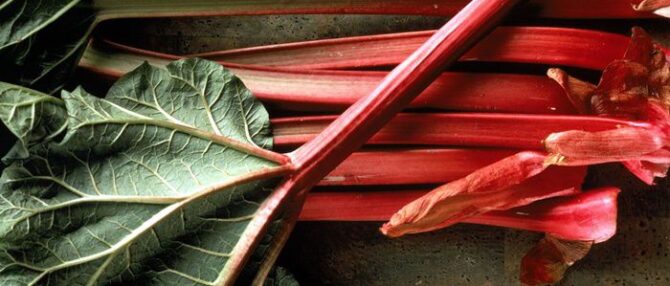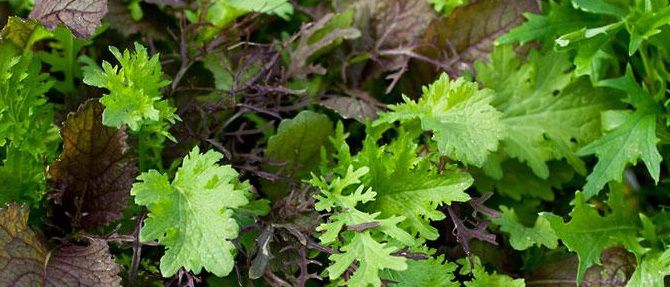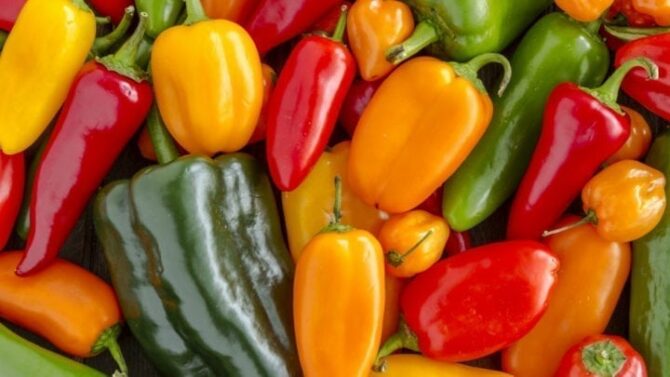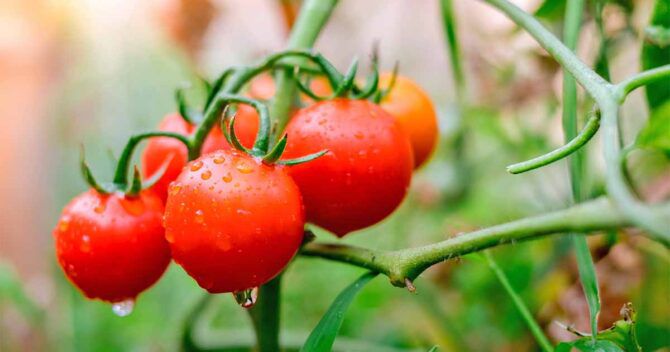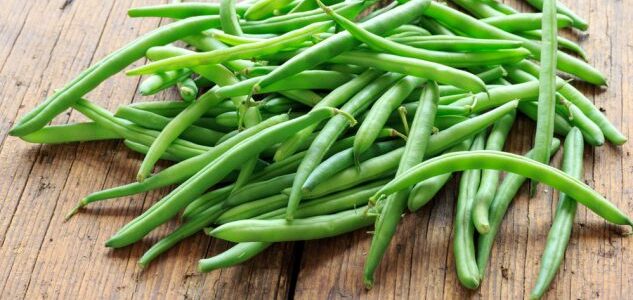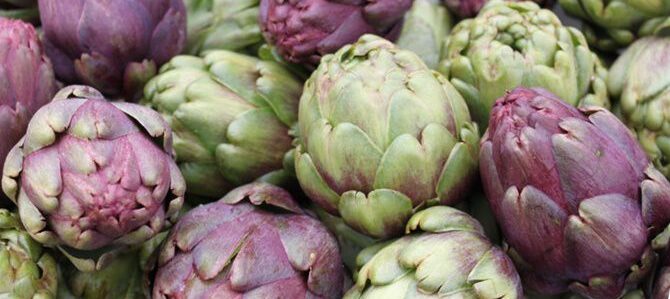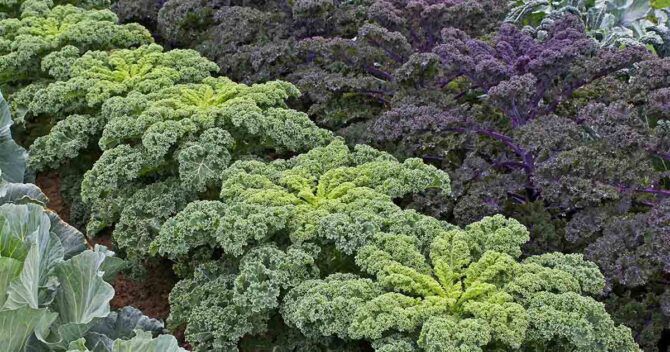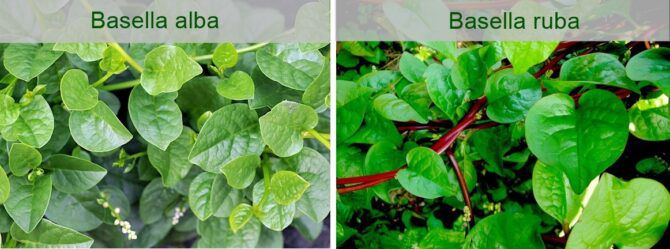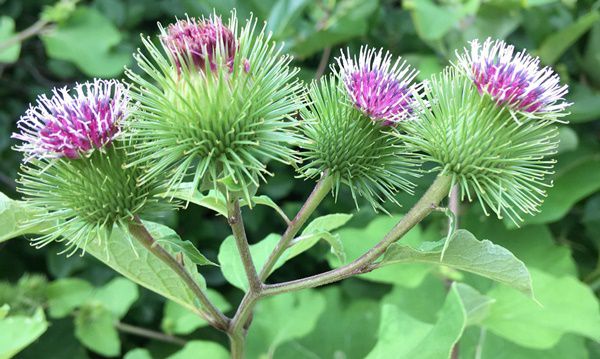Vegetables
Growing Rhubarb
Growing Rhubarb and Maintaining Rhubarb Plants. Rhubarb is the fleshy, edible stalks (petioles) of species and hybrids (culinary rhubarb) of Rheum in the family Polygonaceae, which are cooked and used for food. The whole plant – a herbaceous perennial growing from short, thick rhizomes – is also called rhubarb. Although rhubarb is a vegetable, it is often put to the same culinary uses as fruits. The leaf stalks can be used raw, when they have a crisp texture, but are most commonly cooked with sugar and used in pies, crumbles and other desserts. They have a strong, tart taste.
Note: Rhubarb leaves are poisonous and only the stem can be cooked and used.
Rhubarb Types
There are more than 100 Rhubarb varieties. They vary in color and tartness of the stalks. However, the color does not necessarily affect the flavor. Color variations include red, green or speckled (pink). The green varieties grow more vigorously and typically have longer stalks.
Growing Rhubarb from Seed
Indoor Sowing: Mid Winter.
Direct Sowing: Late Winter and Early Spring.
- Start Rhubarb seeds indoors in pots or seedling trays about 8-10 weeks before the last frost or direct sow in Later Winter and Early Spring.
- Soak the seeds in warm water for 1 – 2 hours before planting, to aid in germination.
- Plant seeds about 1cm deep.
- Germination can take can take two weeks or longer.
- Keep the seedlings moist, but not saturated. Rhubarb can die or be stunted from root rot in overly wet potting mix.
- Transplant the seedlings two to three weeks after germination.
- If you’re going to keep growing your seedlings in a container, transplant seedlings directly to a larger pot.
- You can also transplant them outside into the garden. About 2 weeks before the last spring frost, transplant the rhubarb seedlings to a permanent bed in the garden. Be sure that it’s well amended with a lot of compost and organic matter, and mulch them to suppress weeds and help keep the soil cool.
- Bear in mind that these plants have a spread of about 4 feet, so space your seedlings at least 4-6 feet apart.
- In warmer areas, choose a location where the rhubarb plants will be in shade during the heat of the day. Rhubarb plants grow best in cooler locations.
Maintaining Rhubarb Plants
- It needs very fertile soil that drains well, and it responds well to organic feeding such as compost and well-rotted manure.
- Water well in hot dry weather and mulch the beds so that the soil remains moist.
- Feed with a general fertilizer during the key growth periods of spring and autumn.
- Keep the area around the plants weed free and watch out for slugs and snails.
- Mature rhubarb plants will send up towering flower stalks in early summer. If you do not want to collect seed, then remove the flowering stalk to enhance your rhubarb harvest.
- Do not harvest any stalks in the first growing season, especially if grown from seed.
- Dig up and split plants every 3 to 4 years in early spring or late autumn, when the plants are dormant.
Disclaimer
Medicinal Information:
All medicinal information on this website is for educational and informational purposes only and may not be construed as medical advice. The information is not intended to replace medical advice or treatment offered by healthcare professionals.
Seeds, Plants, Plant Cuttings, Geophytes and Dried Herbs:
In some countries and provinces, certain plants are deemed as invasive and are not allowed to be planted at all, whilst some plants are allowed to be grown only in certain areas or provinces. The onus is on you as the buyer to familiarize yourself with the regulations pertaining to your location, before purchasing any of our seeds, plants, plant cuttings, geophytes or dried herbs. We will not be held liable, should you purchase any seeds, plants, plant cuttings, geophytes or dried herbs. from us which are prohibited in your country or province.

